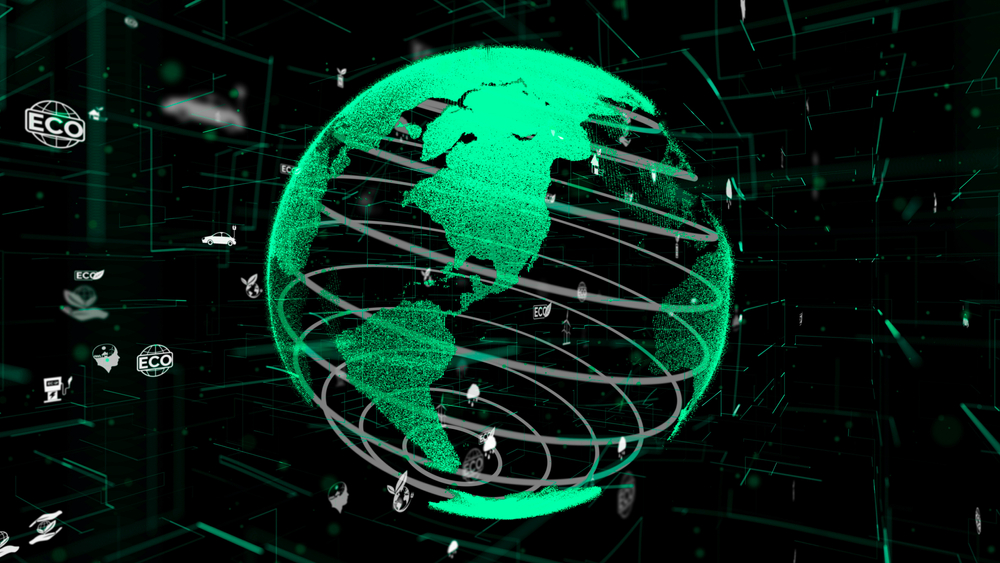
There are several green software engineering strategies to increase development pipeline sustainability. Recently, software development is part of the rapidly growing carbon footprint in the tech industry. By 2040, the information and communications technology sector as whole is expected to account for nearly 15% of the world’s carbon footprint. Notably, this is because software relies on hardware, devices, and other resources to grow. As a software development manager, you need to know how you can increase your sustainability efforts for a more environmentally friendly development pipeline.
This way, you can reduce your company’s carbon footprint and be part of the climate solution. This will help you become one of the most sustainable businesses of the coming year. Read on to learn about the most effective green software engineering strategies to increase pipeline sustainability.
Build Energy Efficient Apps
First, you can build energy efficient apps to increase sustainability in your software development lifecycle. To make your applications more energy efficient, you can reduce the resolution of images on your mobile applications. When you upload or send images through an app, they are usually sent through Internet or radio connect. Since this is a major source of energy consumption, reducing image size can save power resources. In addition, you should avoid chatty communication protocols when building your app. Typically, these types of protocols establish a new radio connection for each message, which uses up more resources. With an energy efficient protocol, your app can save information to server after completing several entry screens. Then, you can send them all at once. Definitely, building energy efficient apps is an excellent growth strategy for sustainable businesses.
Automate Testing
Next, another green software engineering strategy is to automate your testing. Notably, this can save time and resources from conducting tests manually. Ideally, you should keep your test scripts simple to achieve one task at a time. This way, you can minimize the amount of logic-based statements in your code. To learn automation testing, you can take free DevOps online courses from JFrog Academy. Notably, these can teach you how to use advanced automation tools to streamline delivery in your pipeline. Depending on which course you take, you can also learn how to set up a CI/CD pipeline as well. This way, you can continue to deliver software efficiently to your clients while using less resources. Absolutely, automate your testing to increase sustainability in your SDLC.
Aim For Energy Proportionality
In addition, you should aim for energy proportionality to increase sustainability in your green software engineering pipeline. Importantly, energy proportionality is a measure of the ratio of the power consumed in a computer system and the rate you complete useful work. Commonly, this work is called your system’s utilization. If your overall energy consumption is proportional to your computer system utilization, your system is energy proportional. Typically, your computer gets more efficient at converting electricity to useful operations the more you use your system. Therefore, run your work on as few servers as possible and maximize your utilization to maximize efficiency.
Reduce Network Resources
Moreover, you should also reduce your network resources to increase sustainability in your SDLC. Ideally, your software development company should strive to reduce the amount of data it produces and stores. Additionally, try to shorten the distance that your data need to travel across the network. For example, some green software engineering companies compute heavy workloads closer to the end user. This can reduce the number of times bits have to travel between the user and backend cloud service. In addition, you can use edge computing to run, compute, and store applications right on your own data center. With this computing approach, you only connect to the cloud as needed to drastically reduce the data you send.
Invest In Environmentally Sustainable Systems
Furthermore, invest in environmentally sustainable systems for a greener software development pipeline. To optimize your company’s impact on the planet’s ecology, consider how power is generated for your data center. For example, you may have the option between coal or hydro power. Ideally, you should try to choose the renewable option when possible. In addition, consider how often you replace and recycle your hardware. When getting new resources, factor in longevity to minimize your company waste production. Moreover, you should also consider how much cooling your building needs to keep machines running at their optimal temperature.
There are several green software engineering strategies to increase pipeline sustainability. First, build energy efficient apps that reduce the amount of power needed to operate. Next, automate your testing to reduce resource consumption. In addition, you should aim for energy proportionality to maximize your efficiency. Moreover, reduce your network resources to lower your data consumption. Furthermore, invest in environmentally sustainable systems to lower your ecosystem impact. Implement these green software engineering strategies to increase pipeline sustainability.

